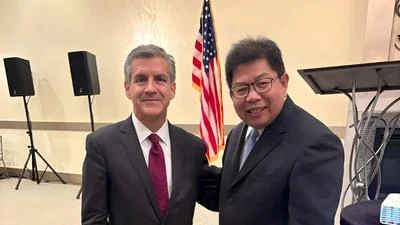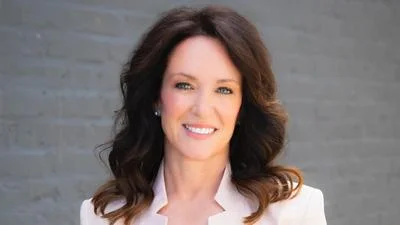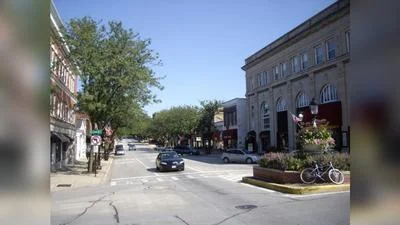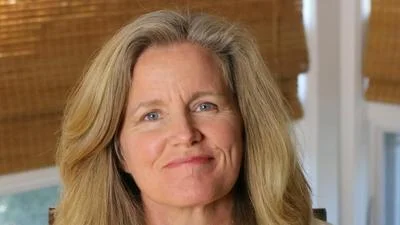Teachers union power politics, weak administrations, and absent political leadership have left Chicago Public Schools with a glaring and intractable problem: increasingly empty, failing schools.
Of CPS’ 478 stand-alone “traditional” or non-charter, non-contract schools, one third of them, 150, are less than half-full, according to CPS. The 20 most-empty CPS schools are only 5 to 25 percent full – most with depressing educational outcomes, which we detail below.
That CPS and the Chicago Teachers Union (CTU) defend keeping open half-empty schools is why parents need more options. It’s why taxpayers should demand real school choice in the form of vouchers.
Take Manley High School. It’s a glaring example of just how far CPS and CTU are willing to go. The school’s capacity? 1,296 students. The number of students now? Just 64 – 4.9% of available seats. Douglas High School? Capacity 888. Seats filled? 44. Uplift High School has a capacity of 720 seats but only 55, or 7.6 percent, are filled. The list goes on.
 As the student population continues to plummet in CPS, the number of schools under-enrolled has remained stubbornly high. Overall, 55 percent of the district’s 478 traditional schools fall below CPS’ 70 percent enrollment threshold for efficient utilization. The data are in the district’s spreadsheet titled “2021 – 2022 Space Utilization and Enrollment.” (See distribution in appendix.)
As the student population continues to plummet in CPS, the number of schools under-enrolled has remained stubbornly high. Overall, 55 percent of the district’s 478 traditional schools fall below CPS’ 70 percent enrollment threshold for efficient utilization. The data are in the district’s spreadsheet titled “2021 – 2022 Space Utilization and Enrollment.” (See distribution in appendix.)
Yet despite falling enrollment and failing academic outcomes, CPS won’t be changing its tune anytime soon.
An all-elected Chicago school board by 2027 means all or most CPS overseers will owe their election to the muscular political action committee of the Chicago Teachers Union (CTU). And the CTU is all about keeping schools – even mostly empty ones – open for the long haul. Even if they do like to shut them down sometimes as a collective bargaining ploy.
The union not only successfully lobbied the state legislature last year to establish a moratorium on CPS school closures until 2025, it even protested the closure of a CPS school with no students.
Despite a long-standing problem with hundreds of under-capacity schools, many of them dramatically so, Chicago Mayor Lori Lightfoot when elected in 2019 said she opposed closures of under-capacity schools. She subsequently stood by as state legislators last year resurrected until early 2025 a school closure moratorium. A previous five-year ban on Chicago school closures had been agreed to by her predecessor Rahm Emanuel after 50 school closings he forced in 2013 touched off a political firestorm.
It seems to matter little that CPS enrollment has plummeted by almost 25 percent from 431,750 in 2000 to 330,411 in 2021. And that it is projected by the district to decline to as little as 316,000 in 2024.

Sober observers and business analysts get what’s wrong with this picture, even if the union and their political protectorate don’t.
Standard & Poor’s Chicago-based credit analyst Blake Yocom told Crain’s Chicago Business this about school closings: “enrollment and the district’s capital footprint have been ‘so mismatched for so long that it’s an obvious expenditure control they could implement given their declining enrollment…CPS is an outlier for ‘such drastic differences in enrollment with their capital footprint.’”
But hand-in-glove with the CTU’s accretion of political power is heated racial rhetoric. And it often manifests when school closures are proposed. Consolidations of facilities may even be called “a hate crime” by a protesting CTU member, and later get shelved.
And now, despite CPS’ own data showing more than half of assessed schools are below the district’s own capacity benchmark of 70 percent, there is growing interest in how to fiscally prop up under-enrolled schools with Covid relief funds and other revenues.
It’s an exactly upside-down approach and not in the best interests of CPS students, especially at underutilized schools, where performance is often notably low.
Empty schools, failed results
Wirepoints looked at the 20 most empty CPS schools, on a percentage basis, and found that that 2019 reading and math proficiency among students was remarkably low.
Most schools had proficiency percentages in the single digits. And sadly, these schools aren’t outliers academically.
Across CPS, outcomes are embarrassingly bad. Only 27 percent can read at grade level and just 24 percent are proficient in math.
Worse, as the enrollment slide and academic failure continue, the present CPS budget process beggars reality.
CPS is proposing to build on a 2021-22 budget that was already artificially boosted with about $1 billion in federal Covid aid. Chalkbeat says that the proposed 2022-23 budget is $9.5 billion, up about 25 percent from pre-Covid 2019.
The ever-growing budget in the face of shrinking enrollment and continued abysmal academic performance shows that the best remedy is to empower families with expanded school choice.
Appendix






 Alerts Sign-up
Alerts Sign-up